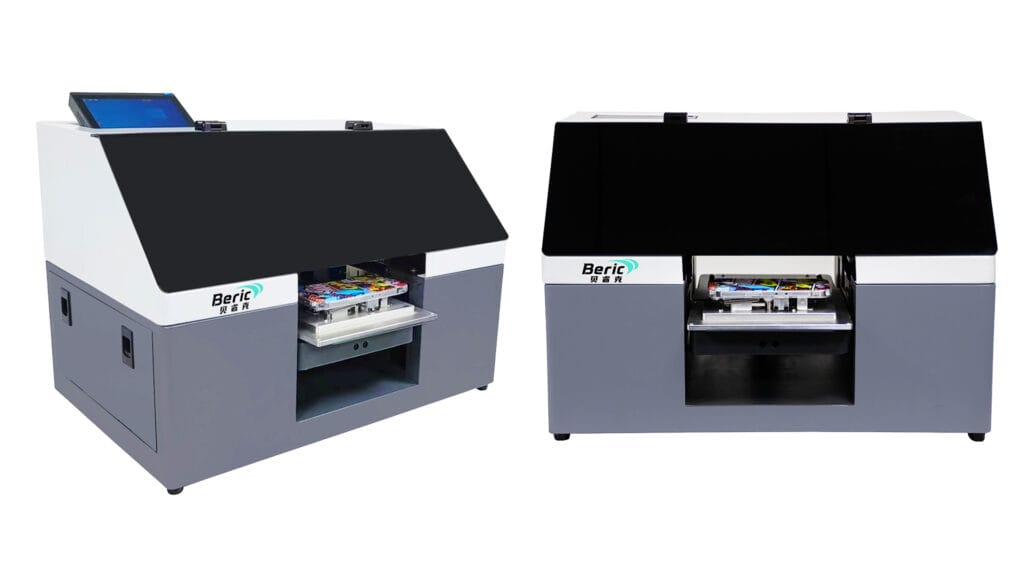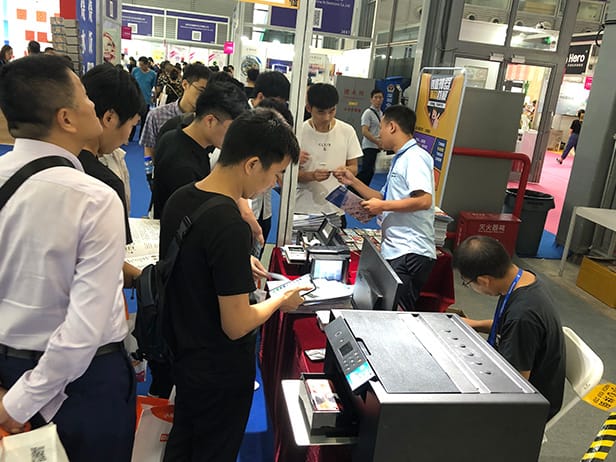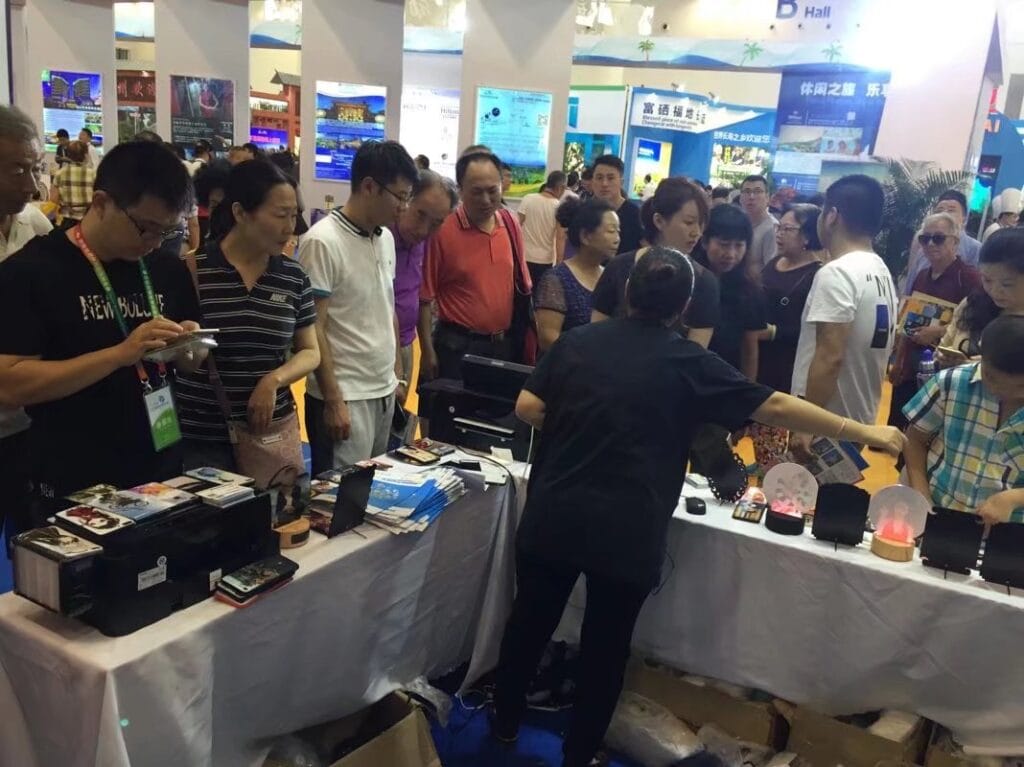As digital printing technology advances, more businesses are asking the same question: should I stick with traditional printing methods, or invest in a UV flatbed printer?
This article breaks down the differences between UV flatbed printing and traditional printing techniques to help you decide which fits your needs best.
What Is a UV Flatbed Printer?
A UV flatbed printer uses ultraviolet light to instantly cure specially formulated ink that is printed directly onto a wide range of materials. Unlike traditional printers, there’s no need for plates or long setup times. impresora UV plana tradicional can print directly on wood, glass, acrylic, metal, plastic, leather, ceramic tiles, and more—with high precision and full color.
Common Types of Traditional Printing
Traditional printing methods include:
- Screen Printing: Cost-effective for large volumes but requires screen setup and is time-consuming for design changes.
- Offset Printing: Offers high quality for large runs but has high upfront costs due to plate-making.
- Pad Printing / Heat Transfer: Good for specialty shapes and materials but less flexible for frequent changes.
UV Flatbed vs. Traditional Printing: Key Differences
| Feature | UV Flatbed Printing | Traditional Printing |
|---|---|---|
| Image Quality | High-resolution, vibrant colors | Screen: moderate, Offset: high |
| Material Flexibility | Wide range (wood, metal, glass, etc.) | Limited or requires pre-treatment |
| Setup Time | Minimal, no plates needed | Long setup, especially for new designs |
| Short Run Viability | Cost-effective for small batches | High cost for low quantities |
| Customization | Easy personalization (e.g. names, barcodes) | Difficult or inefficient |
| Drying Time | Instant UV curing | May require air drying or heat |
| Environmental Impact | Low VOC inks, less waste | Often solvent-based, more waste |
| Initial Investment | Higher equipment cost | Lower (screen), high (offset) |
Which One Suits Your Business?
UV Flatbed Printing is ideal if you:
- Offer custom or small-batch products
- Need to print on various materials
- Want to reduce lead time and respond to orders quickly
- Work in signage, gifts, displays, or promotional items
Traditional Printing makes sense if you:
- Handle very large volume orders
- Print fixed designs that don’t change often
- Want the lowest cost per unit for massive production runs
UV flatbed printing isn’t here to fully replace traditional methods—it simply opens up more flexible and modern options, especially for small to mid-sized businesses or those in the customization and decoration industries.
If you’re unsure, consider starting with a smaller UV flatbed model to test its performance with your product line. Many business owners find that the speed, material range, and versatility make UV printing a smart upgrade.




